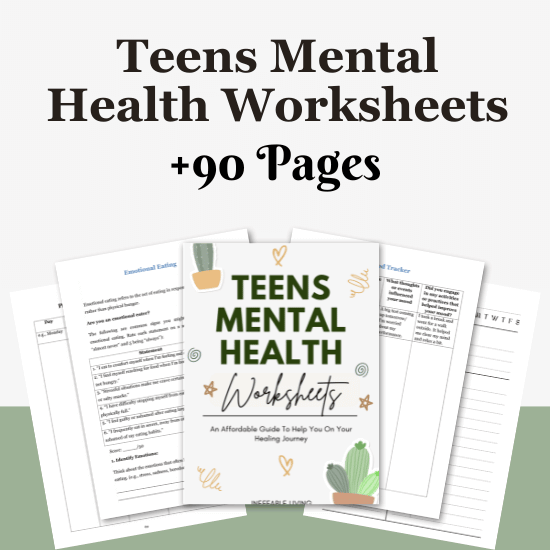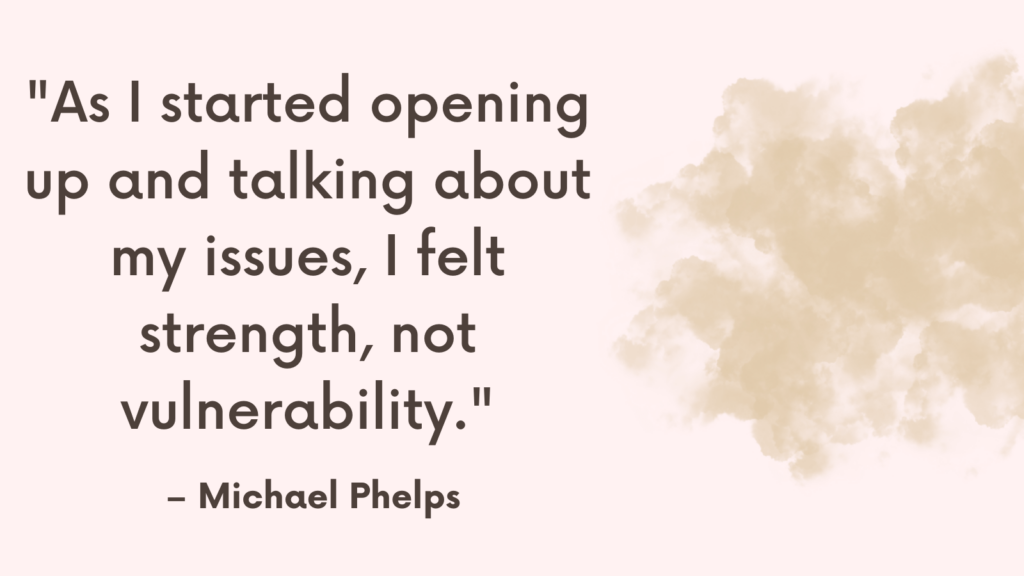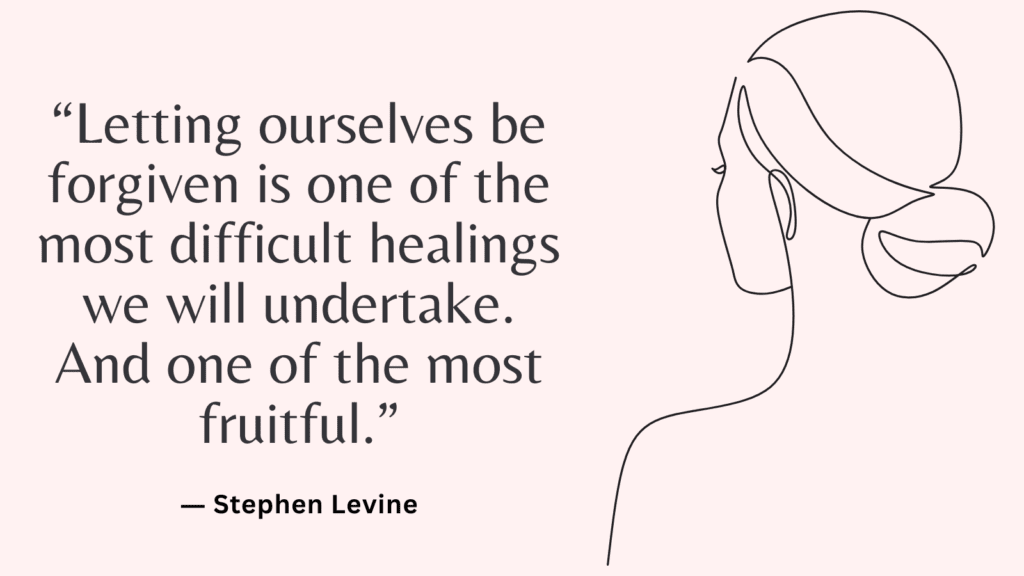This post contains a list of red flags in teenage behavior.
Red Flags In Teenage Behavior
Teen years are a tumultuous period, marked by rapid physical, emotional, and social changes.
While some degree of moodiness, identity searching, and independence seeking is normal, certain behaviors can signal deeper issues.
1. Extreme Mood Swings
While mood swings are common due to hormonal changes, extreme and persistent changes in mood may indicate mental health issues such as depression or bipolar disorder.
2. Withdrawal from Family and Friends
If a teenager suddenly withdraws from social activities and seems isolated, this could be a sign of depression, anxiety, or social issues.
3. Unexplained Anger or Irritability
Frequent, intense episodes of anger or irritability can be a sign of underlying emotional distress or mental health conditions.
Related: Best 50 Affirmations For Teens
4. Changes in Academic Performance
A noticeable drop in grades or loss of interest in schoolwork can indicate that a teenager is experiencing emotional, social, or learning difficulties.
5. Risky Behaviors
Engagement in risky behaviors, such as substance abuse, reckless driving, or unprotected sex, can be a sign of underlying issues or a lack of awareness of consequences.
6. Changes in Eating or Sleeping Habits
Significant changes in appetite or sleep patterns can indicate mental health issues such as depression or anxiety.
7. Secretiveness or Lying
While teenagers often seek more privacy, a sudden increase in secretiveness or dishonest behavior can signal that they’re involved in problematic activities.
8. Withdrawing from Usual Friend Groups
Sudden changes in social circles or withdrawal from longtime friends can be indicative of social issues or changes in behavior or interests that may be concerning.
Related: Top 10 Self Care Activities For Teens
9. Social Media Misuse
Overuse of social media, sharing inappropriate content, or experiencing cyberbullying.
10. Unexplained Injuries or Marks
Physical signs of harm, such as cuts or bruises, can be indicators of self-harm, physical abuse, or involvement in fights.
11. Rapid Weight Gain or Loss
Significant changes in weight can be a sign of eating disorders, depression, or other health issues.
12. Skipping School or Classes
Frequent absences can be a sign of disengagement, social issues, or mental health struggles.
Related: Best 7 Reactive Attachment Disorder Books
Addressing Red Flags In Teenage Behavior
1. Open Communication
Establishing open, non-judgmental communication with teenagers is pivotal. Encourage genuine conversations that create a safe space for them to express their feelings and concerns.
Active listening, empathy, and validation are essential components of effective communication when addressing red flags in teenage behavior.
Building a trusting relationship can facilitate disclosure of struggles and promote early intervention.
2. Recognizing Signs of Distress
Educating oneself on the signs of distress and mental health concerns in teenagers is crucial.
This includes understanding symptoms of anxiety, depression, substance use, self-harm, eating disorders, or disruptive behavior.
Recognizing these signs can prompt proactive steps to address red flags and connect teenagers with appropriate support services and resources.
Related: 4 Essential Keys To Effective Communication
3. Promote Help-Seeking Behavior
Encouraging teenagers to seek help and support when experiencing emotional distress or challenges is vital.
De-stigmatizing help-seeking behaviors and providing information about available mental health resources, hotlines, support groups, and counseling services can empower teenagers to reach out for assistance.
4. Supportive Networks
Cultivating supportive environments within families, schools, and communities can serve as protective factors for teenagers facing red flags in their behavior.
Providing access to positive role models, peer support, mentoring programs, and extracurricular activities can promote resilience and offer additional avenues for teenagers to navigate their challenges.
Related: How to Respond When Someone Is Being Vulnerable?

Conclusion
Navigating the teenage years requires a delicate balance of support, guidance, and respect for their growing independence.
Recognizing and addressing red flags early on can help prevent more serious issues from developing.
Early intervention and support are key to helping teenagers overcome obstacles and thrive.



